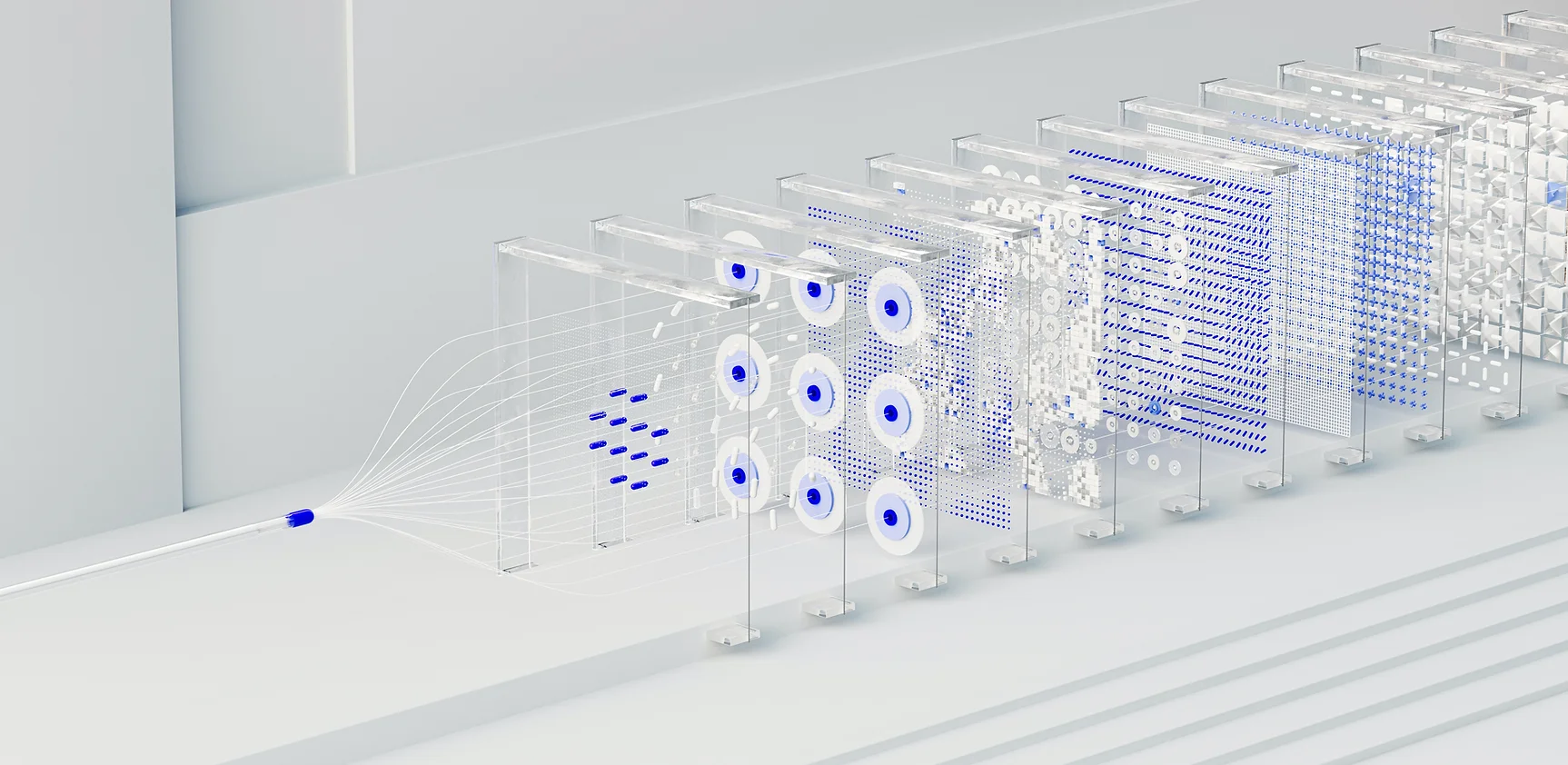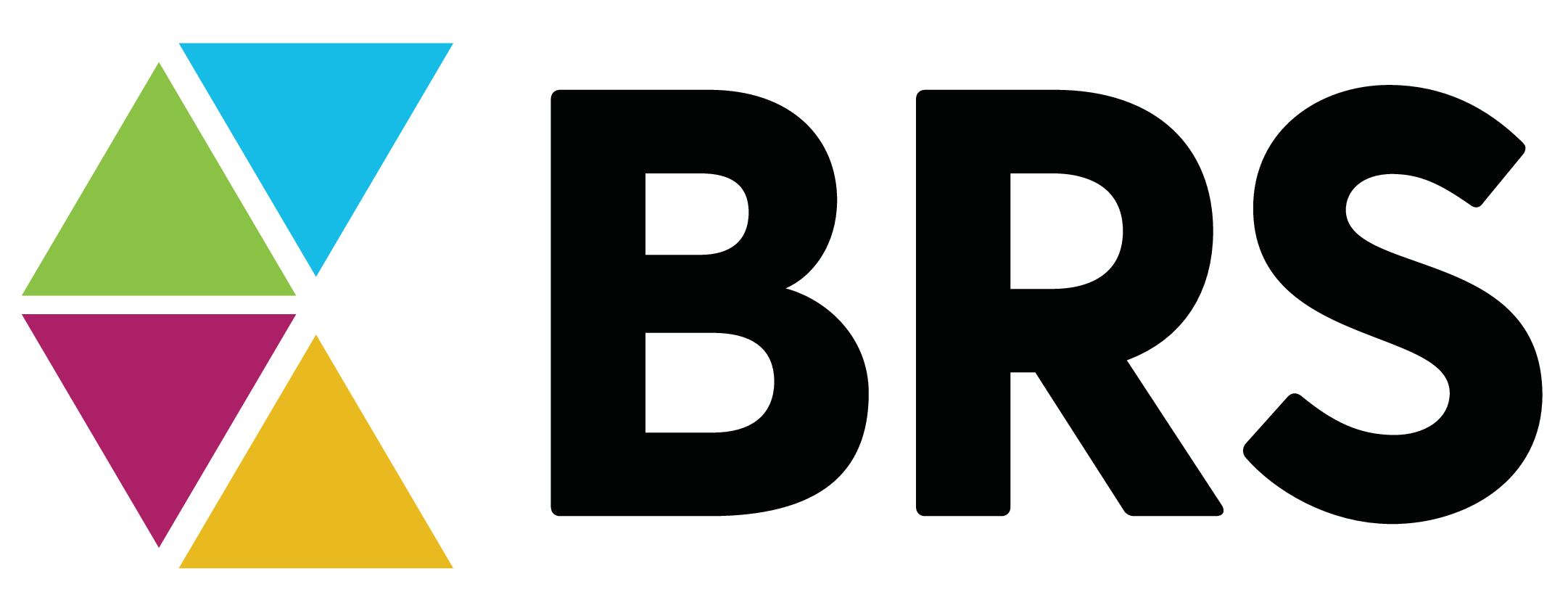The role of data people is often to interpret and communicate information. This can mean taking raw data and cleaning it, or using data to create a dashboard, or creating an algorithm to inform business decisions. In all these scenarios, we are being asked to take data and transform it into a different form for a new audience. This new audience will then ingest the information and act upon it, sometimes asking a few questions along the way.
An integral part of this process is understanding your stakeholder. Even if you create a beautiful and well-functioning dashboard, there is no guarantee that the person on the other side of the screen will understand it, much less appreciate and use it. This is why one of the most important skills that a data person can develop is stakeholder empathy. In this article, I will talk about what stakeholder empathy looks like in a data person, why it is important, and how to practice it in your own work.
What Does Stakeholder Empathy Look Like For a Data Person?
Stakeholder empathy is the practice of looking at a problem from a stakeholder’s perspective, understanding their workflow, and anticipating their questions and concerns. Sometimes it goes beyond just asking about a stakeholder’s business question and requires you to put aside your own beliefs about the project to ensure that the stakeholder’s need is met. For example, you may believe that the most important metric for the sales team to understand is the dollar amount of sales that the team has made per month. However, the board members and investors are much more interested in the total number of sales made per month, regardless of the sales amount. Although you may believe that the dollar amount provides a fuller and more accurate picture of monthly success, it is important to meet the stakeholder’s needs. Of course, there are ways to do this where both your suggestion and their requirement are satisfied; however, always be cognizant that you are empathizing with the stakeholder’s need and not just your own beliefs for the project.
Additionally, when creating a data product, it should fit as seamlessly as possible into the stakeholder’s current operations. The exception to this is when you are trying to instigate a deliberate behaviour change such as collecting data in the morning instead of the evening. Otherwise, it is best if the new data product fits into their current routine and follows their thought process. For example, let’s say a marketing manager’s current routine is to receive an excel document to her phone with total marketing spend. About twice per week, she asks an analyst to pull up the marketing spend by channel. When designing a new data product for this stakeholder, it should arrive on her phone with total marketing spend, but have the ability to drill down to the marketing spend by channel
Why is Stakeholder Empathy Useful?
Stakeholder empathy achieves two very important goals. Firstly, it streamlines operations. As we could see with the marketing spend example, we were able to cut out the extra work for the analyst, a repetitive task that likely distracted from the work at hand. It was also able to make the marketing manager more self-sufficient; she was able to understand all the data without other intervention.
Secondly, it creates a culture of trust in data. Many times, implementing a new data product is difficult because people are hesitant to let go of their tried and true practices. Additionally, data can be intimidating and has the perception of being difficult to use. In practicing stakeholder empathy, you can ease their transition into these new technologies by ensuring all their needs are met and the product works well for them. Each time a stakeholder finds a data product accurate and easy to use, the culture of trust in data will improve and resistance against data changes will lessen.

How Can You Practice Stakeholder Empathy?
Stakeholder empathy requires you to really understand your audience’s workflow, questions, goals, and concerns. Below is a list of questions to ask your stakeholders to start understanding the project from their perspective.
What do you hope to achieve using this data product?
When asking this question, be sure to get a high-level answer. For example, “I want to show my client how much money the new project is saving them” is a much more helpful answer than “I want to show the marketing savings from 2020.” While the second question is tactically important and should be discussed when designing the dashboard, it is less helpful for understanding your stakeholder. Instead, you want to understand their broader goals; starting with tactical instructions can create a disjointed analysis of specific requests, whereas understanding a goal can help create visualizations and pull data that provides a more holistic and unified picture.
Who is your stakeholder? What are they hoping to achieve?
This question is meant to be asked to your stakeholder about their stakeholder. Using the example above, you want to ask about the client’s goals. Sometimes your stakeholder will not know, but occasionally you may get some insight into who else might look at this analysis, or what other questions may arise. For example, the client may want to show it to their executive team, which may prompt you to provide a set of higher-level metrics than you originally planned. Alternatively, your client may need this analysis to make a purchasing decision, which might require additional data drill-downs.
When you look at this data, what other questions do you have? What additional information can help you achieve your goal?
This question is aimed to understand how to structure the data product. If you are producing a dataset, this may tell you what additional columns could be added or what other tables can be made available. When creating a dashboard, it can inform further drill-downs or even URL links.
How are you currently getting this information? How is it working or not working for you?
This will give you some sense of their current routine and how they may want to maintain or change it. Try to maintain as much of their preferred current routine, and communicate as soon as possible if they need to make any changes.
After collecting this information from your stakeholder(s), it is time to start designing your data product. Use the answers from the above questions to better understand the following factors:
– What data elements should be included?
– How should it be laid out visually?
– How technical/complex should this product be?
– What is the best delivery method?
– How will stakeholders interact with this product?
Conclusion
Stakeholder empathy does not often come up when discussing data skills; it is associated more with designers and product managers. However, when creating datasets, analyses, or dashboards, they should be thought of as products in themselves. Data people often are both the designers and producers of their own products, and thus need to be in tune with stakeholder needs just as a designer would be to their audience. Not only will this allow you to create data products that are useful to your stakeholders, but also help build trust and excitement around data in the organization.
Published Article: https://tdan.com/your-next-data-skill-is-stakeholder-empathy/28628


